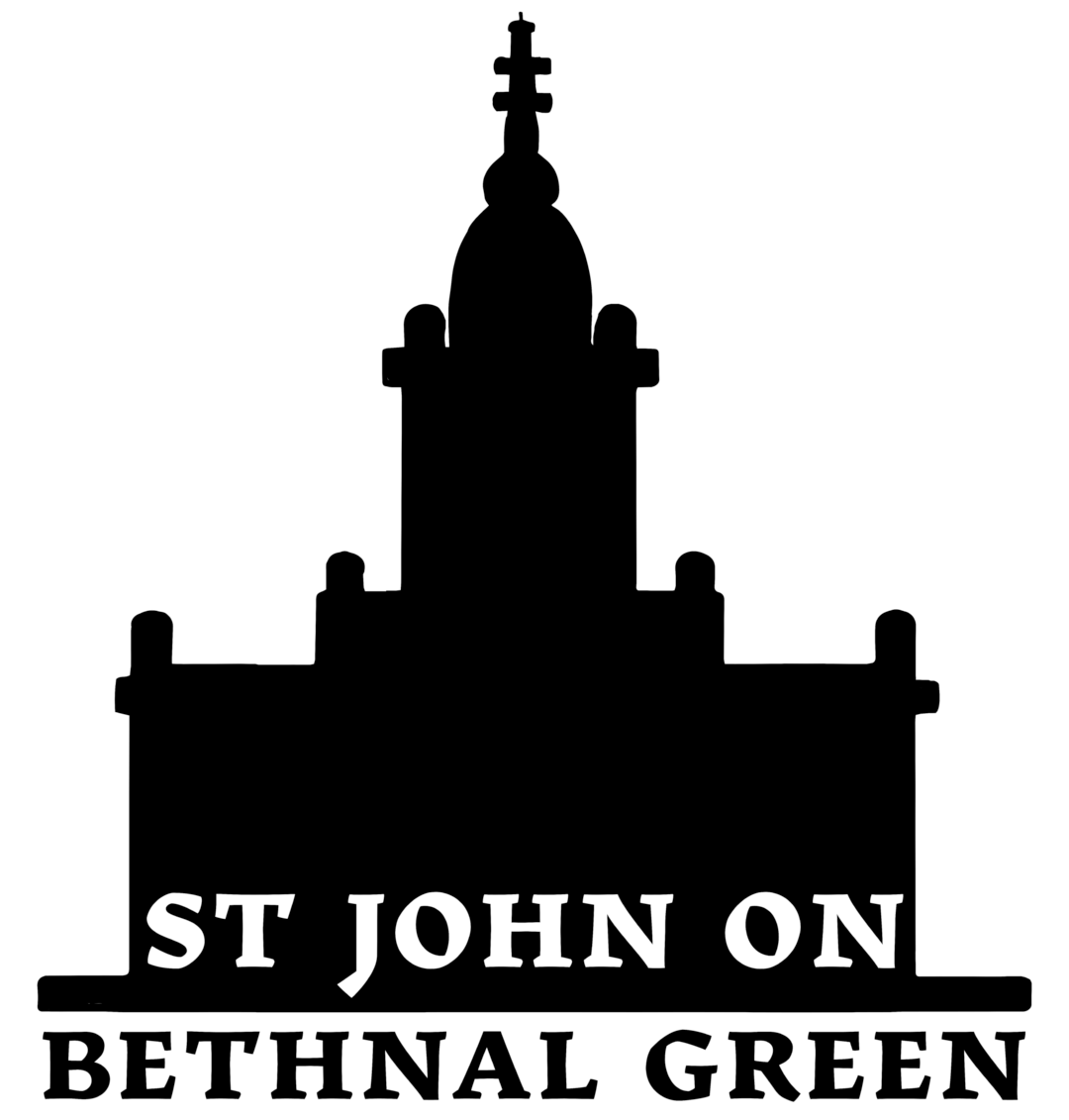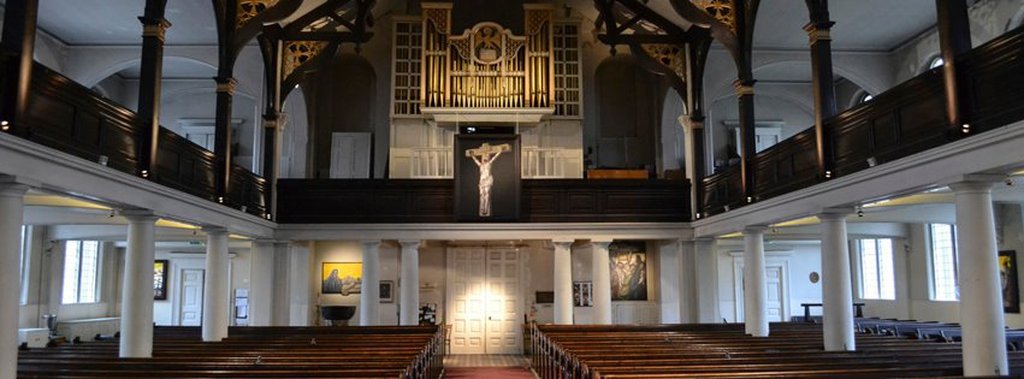
FOLLOW JESUS. BUILD LIFE TOGETHER. RENEW EAST LONDON
SUNDAY GATHERINGS
Parish Mass every Sunday at 10am
St John on Bethnal Green is a Church of England parish church in the Diocese of London, part of the world-wide Anglican Communion. It is part of the Anglo-Catholic tradition that seeks to combine dignified traditional worship with a commitment to social justice and an engagement with contemporary arts.
WHAT’S ON
St John on Bethnal Green
200 Cambridge Heath Road
London
E2 9PA


